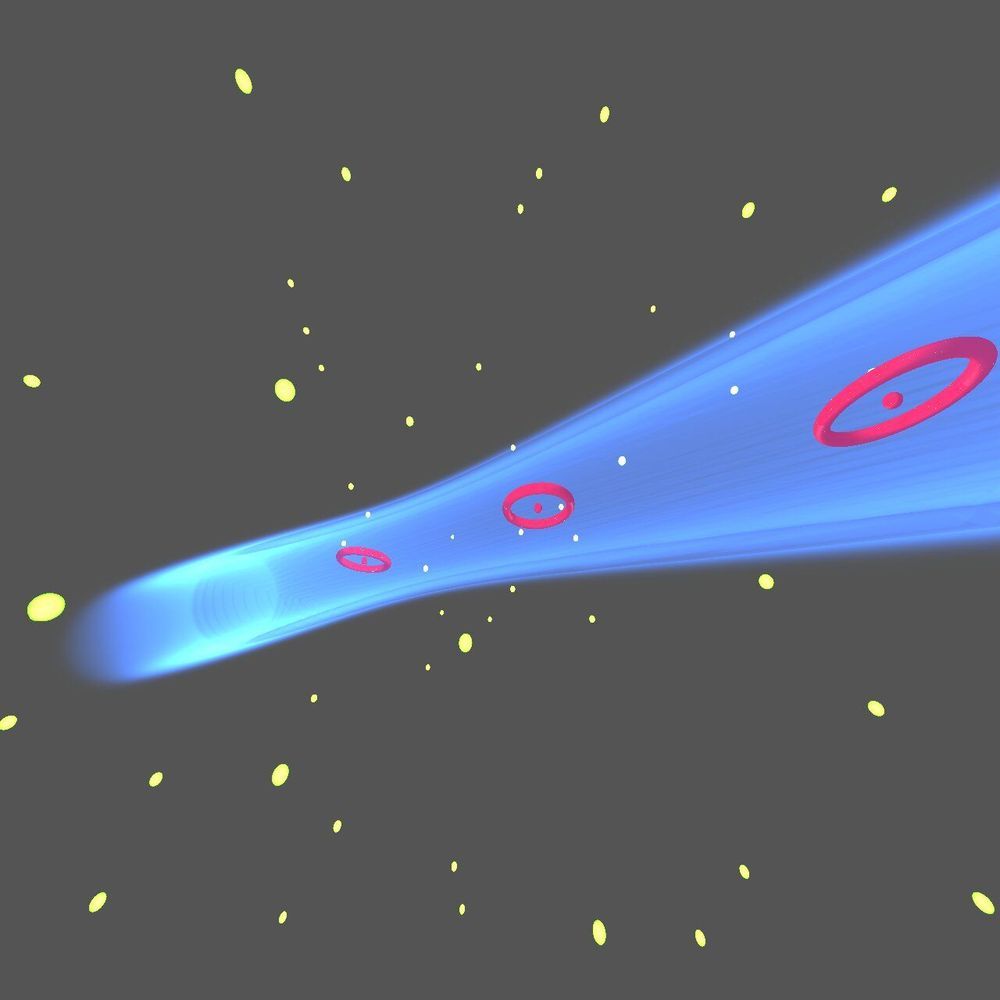
Rydberg atoms, which are atoms in a highly excited state, have several unique and advantageous properties, including a particularly long lifetime and large sensitivities to external fields. These properties make them valuable for a variety of applications, for instance for the development of quantum technologies.
In order for Rydberg atoms to be effectively used in quantum technology, however, researchers first need to be able to trap them. While a number of studies have demonstrated the trapping of Rydberg atoms using magnetic, electric, or laser technology, the trapping times achieved so far have been relatively short, typically around 100μs.
Researchers at Laboratoire Kastler Brossel (LKB) have recently achieved a longer 2-D laser trapping time of circular Rydberg atoms of up to 10 ms. The method they employed, outlined in a paper published in Physical Review Letters, could open up exciting new possibilities for the development of quantum technology.









